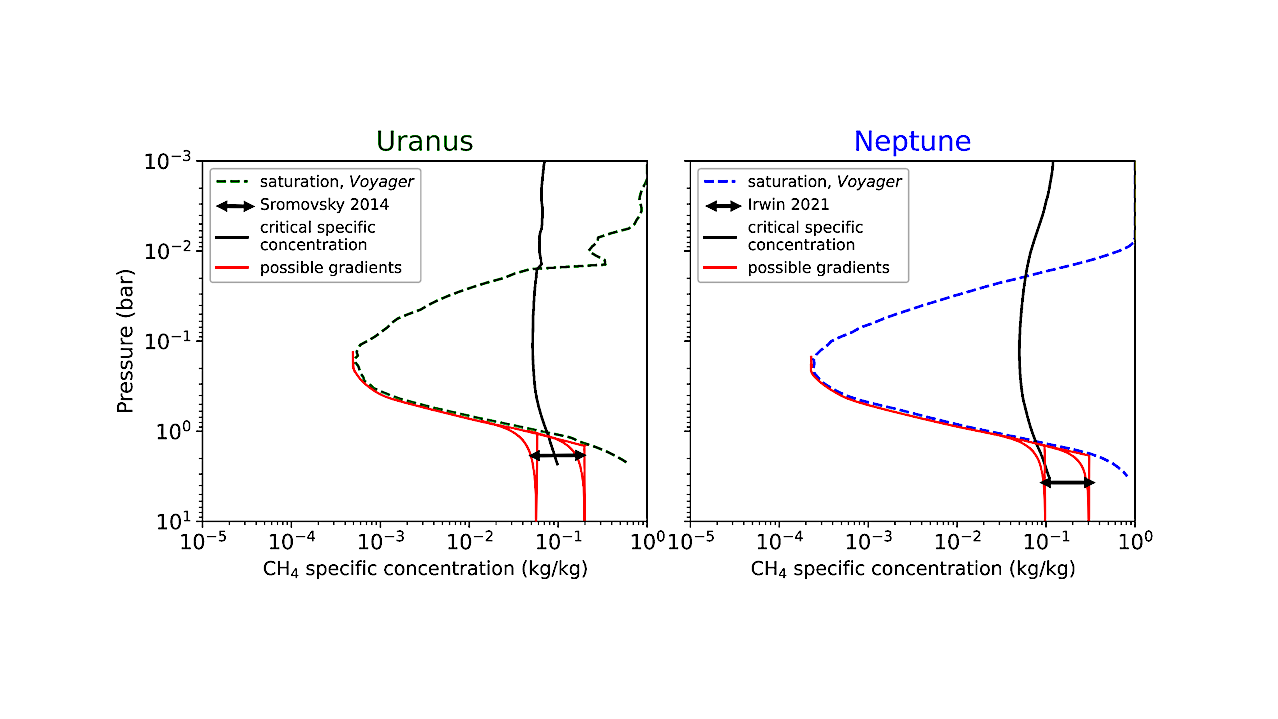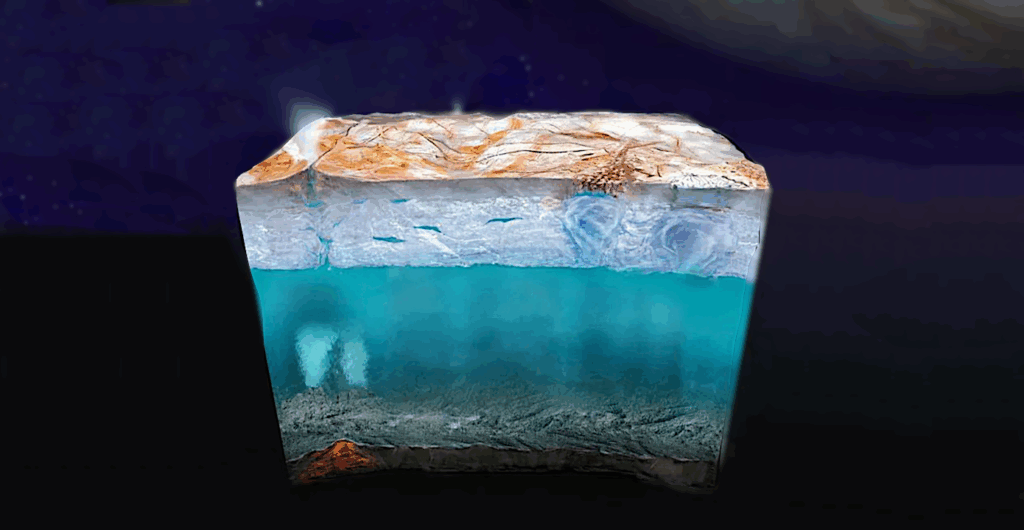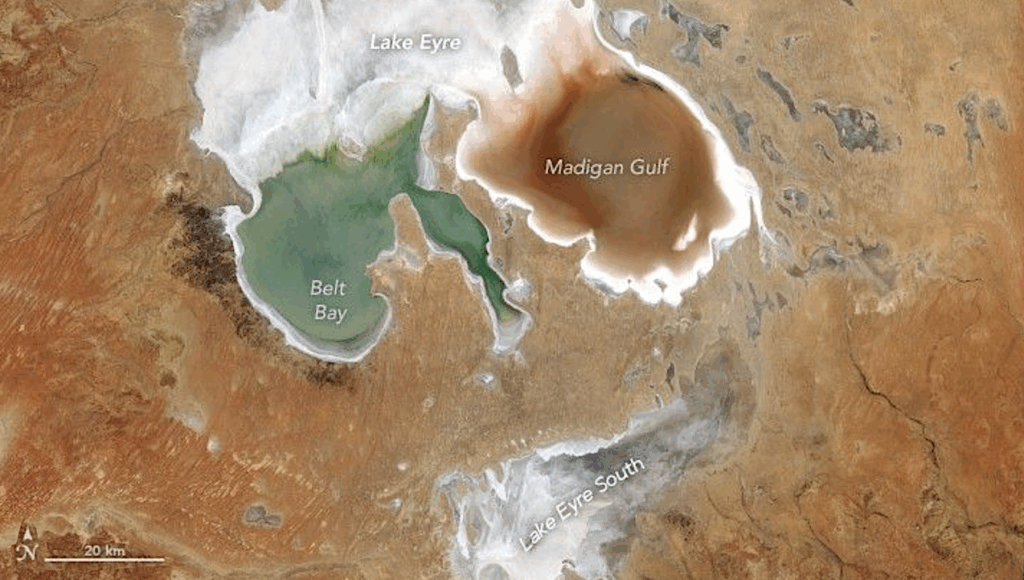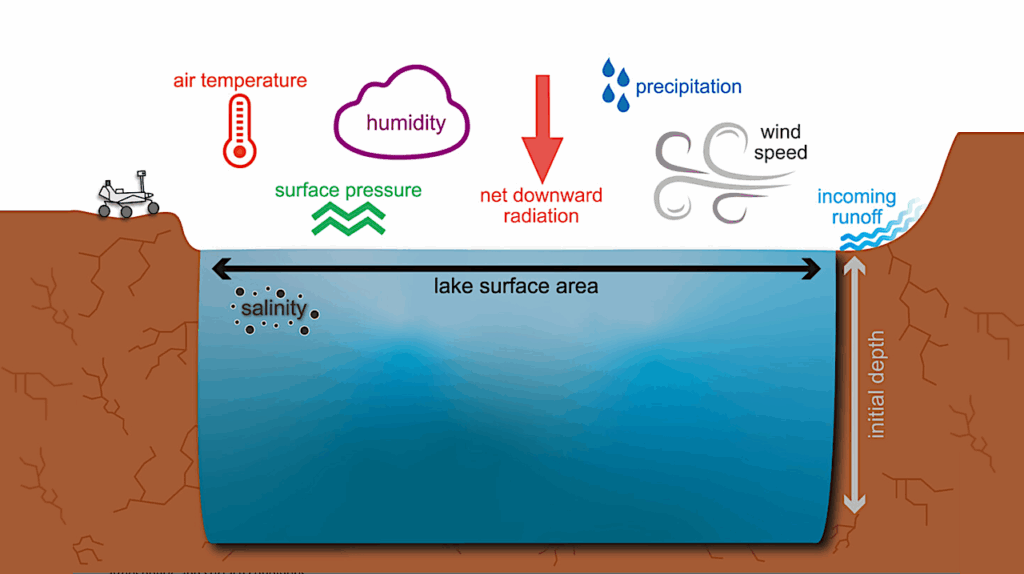Storms and Convection on Uranus and Neptune: Impact of Methane Abundance Revealed by a 3D Cloud-resolving Model

Uranus and Neptune have atmospheres dominated by molecular hydrogen and helium. In the upper troposphere, methane is the third main molecule and condenses, yielding a vertical gradient in CH4. This condensable species being heavier than H2 and He, the resulting change in mean molecular weight due to condensation comes as a factor countering dry and moist convection.
As observations also show latitudinal variations in methane abundance, one can expect different vertical gradients from one latitude to another.
In this paper, we investigate the impact of this methane vertical gradient on the atmospheric regimes, especially on the formation and inhibition of moist convective storms in the troposphere of ice giants. We develop a 3D cloud-resolving model to simulate convective processes.
Using our simulations, we conclude that typical velocities of dry convection in the deep atmosphere are rather low (of the order of 1 m/s) but sufficient to sustain upward methane transport, and that moist convection at methane condensation level is strongly inhibited. Previous studies derived an analytical criterion on the methane vapor amount above which moist convection should be inhibited.
We first validate this analytical criterion numerically. We then show that the critical methane abundance governs the inhibition and formation of moist convective storms, and we conclude that the intensity and intermittency of these storms should depend on the methane abundance and saturation. In ice giants, dry convection is weak, and moist convection is strongly inhibited.
However, when enough methane is transported upwards, through dry convection and turbulent diffusion, sporadic moist convective storms can form. These storms should be more frequent on Neptune than on Uranus, because of Neptune’s internal heat flow. Our results can explain the observed sporadicity of clouds in ice giants.
Noé Clément, Jérémy Leconte, Aymeric Spiga, Sandrine Guerlet, Franck Selsis, Gwenaël Milcareck, Lucas Teinturier, Thibault Cavalié, Raphaël Moreno, Emmanuel Lellouch, Óscar Carrión-González
Subjects: Earth and Planetary Astrophysics (astro-ph.EP)
Cite as: arXiv:2409.02091 [astro-ph.EP] (or arXiv:2409.02091v1 [astro-ph.EP] for this version)
https://doi.org/10.48550/arXiv.2409.02091
Focus to learn more
Submission history
From: Noé Clément
[v1] Tue, 3 Sep 2024 17:42:59 UTC (3,463 KB)
https://arxiv.org/abs/2409.02091
Astrobiology, Astrochemistry,








